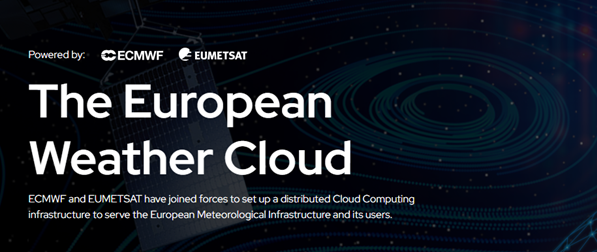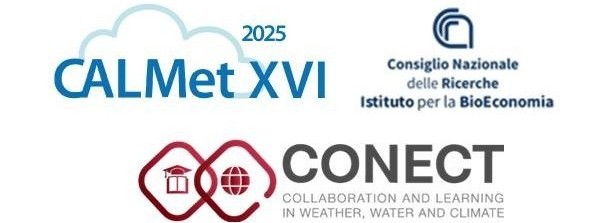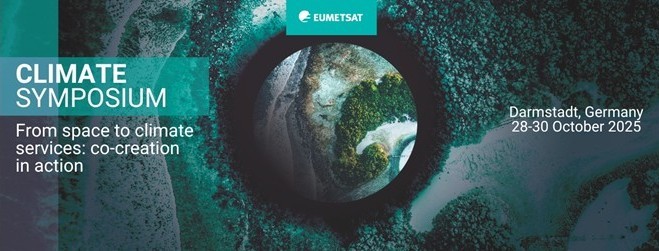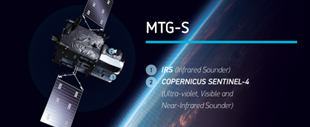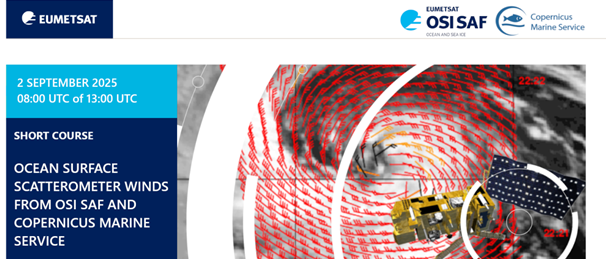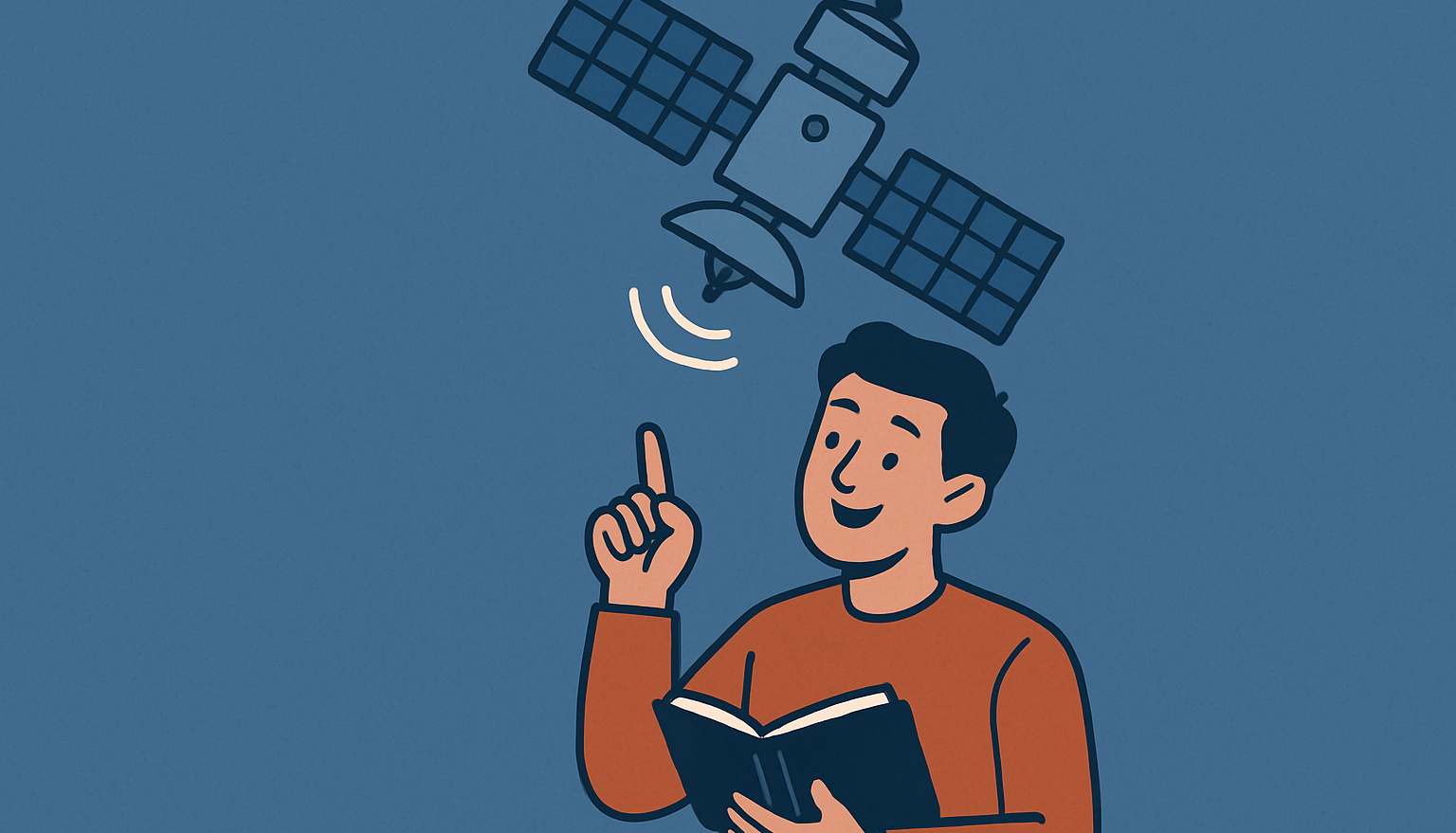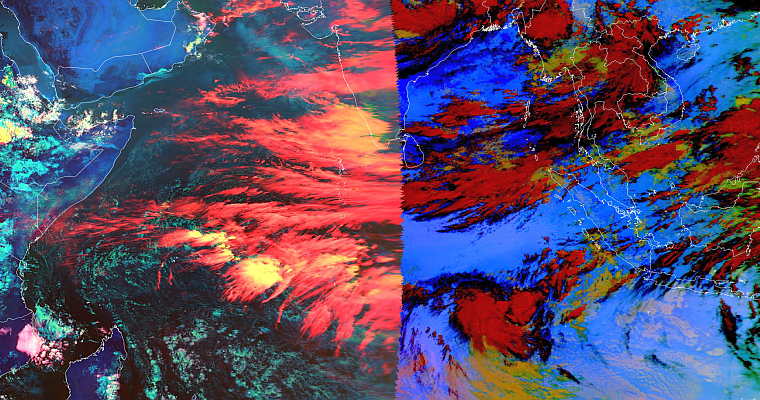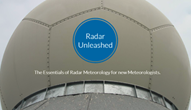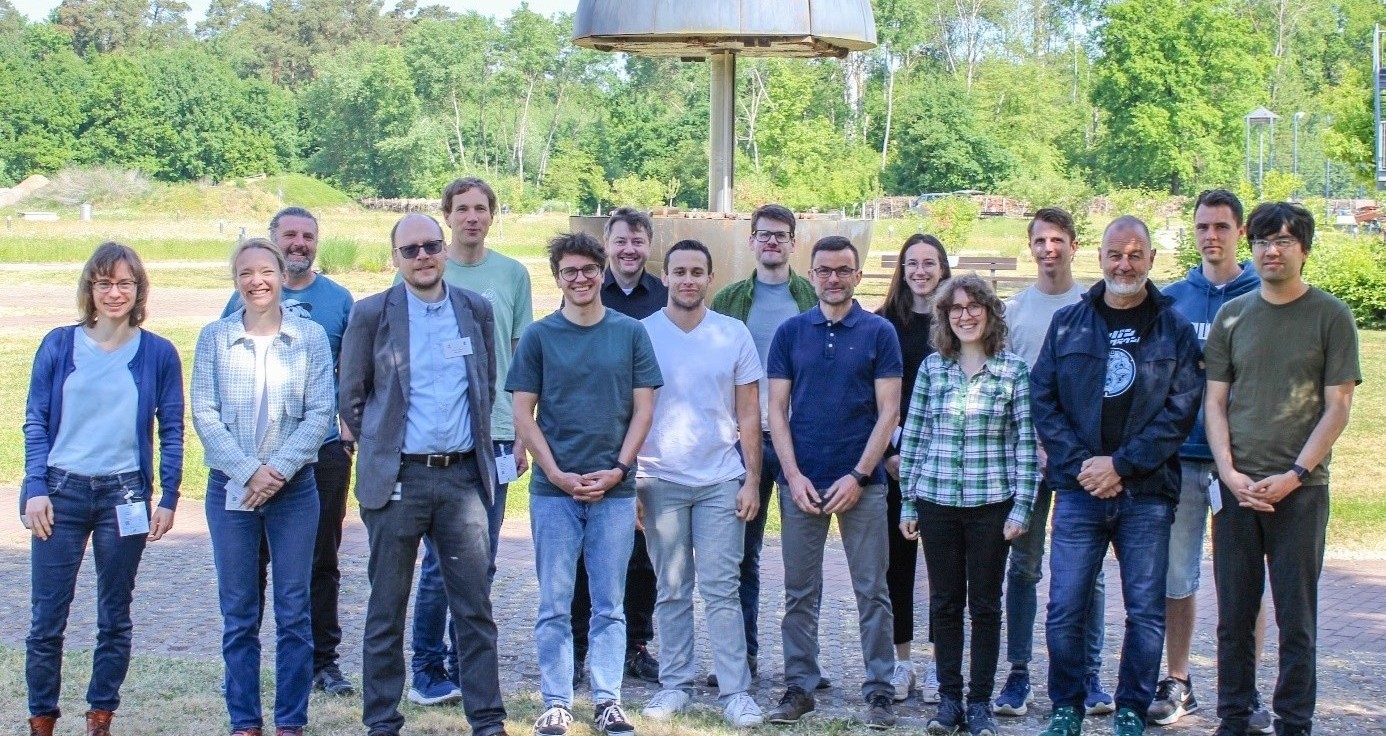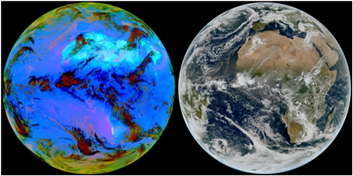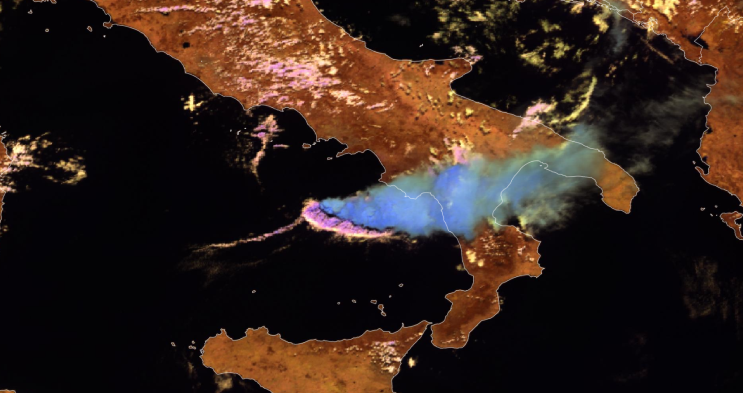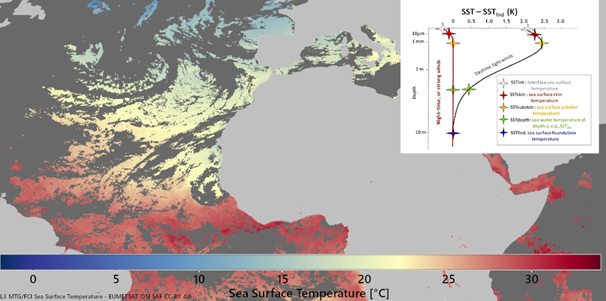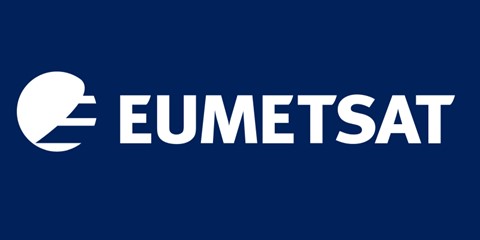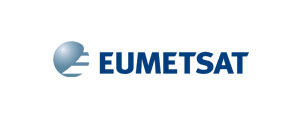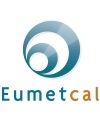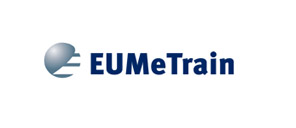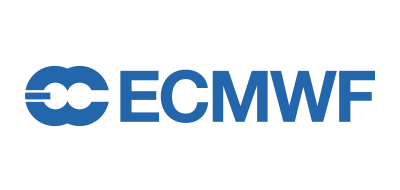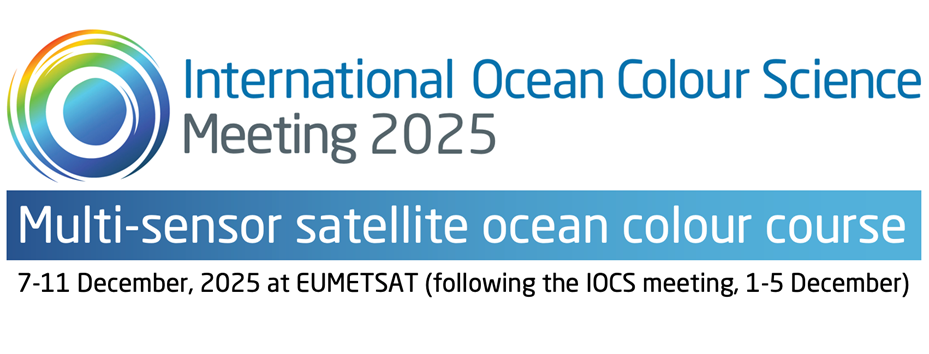
Advanced, multi-sensor ocean colour training at IOCS
7 - 11 December, 2025 / Darmstadt, Germany
The International Ocean Colour Science meeting will return to Darmstadt, Germany for its 6th iteration, from 1-5 December 2025. The meeting, which covers optical radiometry of all water types, brings the scientific community and space agencies together to support open communication between the two, informing future missions, and driving forward science and applications.
As part of this year's programme, EUMETSAT, in partnership with the IOCCG, will offer an advanced, multi-sensor ocean colour training course. The event, held from 7-11 December, will be hosted on site at EUMETSAT and will cover key aspects of satellite ocean colour, including atmospheric correction, bio-optical algorithm selection, product quality, validation, and multi-sensor synergy. It will be supported by Copernicus Sentinel-3 OLCI, NASA PACE OCI and Copernicus Sentinel-2 MSI experts and be highly interactive, introducing hands-on examples throughout. Alongside training sessions, participants will have opportunities to learn more about satellite operations.
In addition to gaining skills needed to access and work with a variety of ocean colour data streams, participants should expect to leave the course with a clear understanding of the challenges we face in ocean colour and the approaches we take to addressing them.
Applications for the course will open shortly. More information can be found on our Moodle platform.
